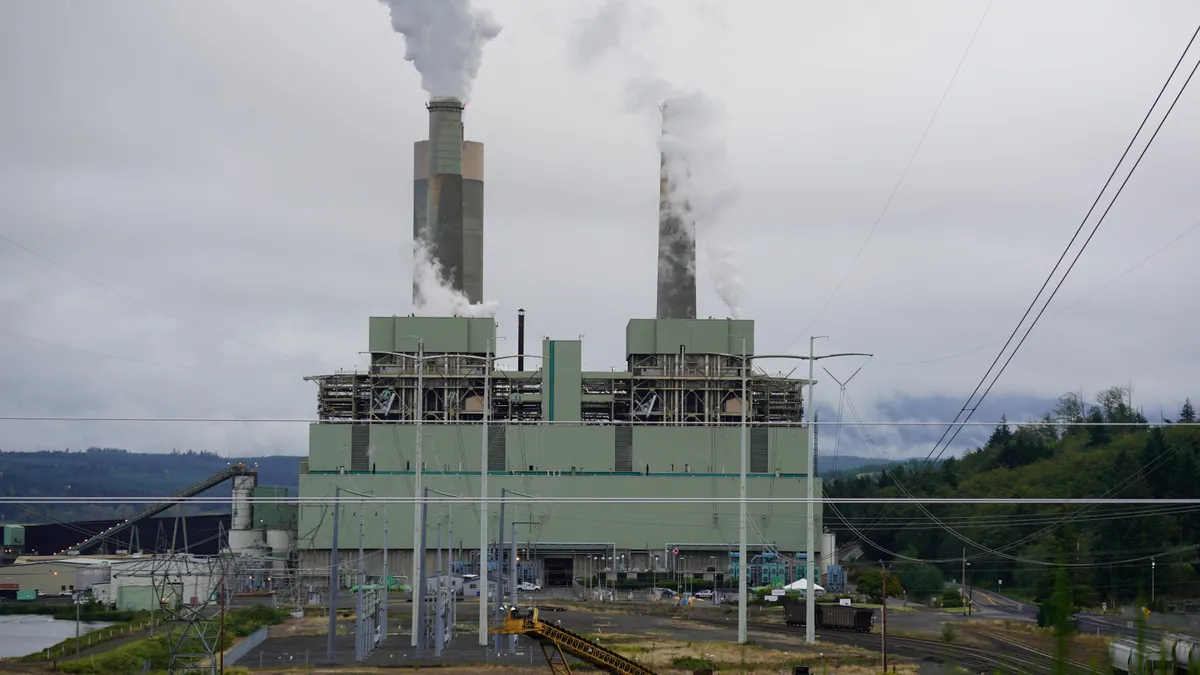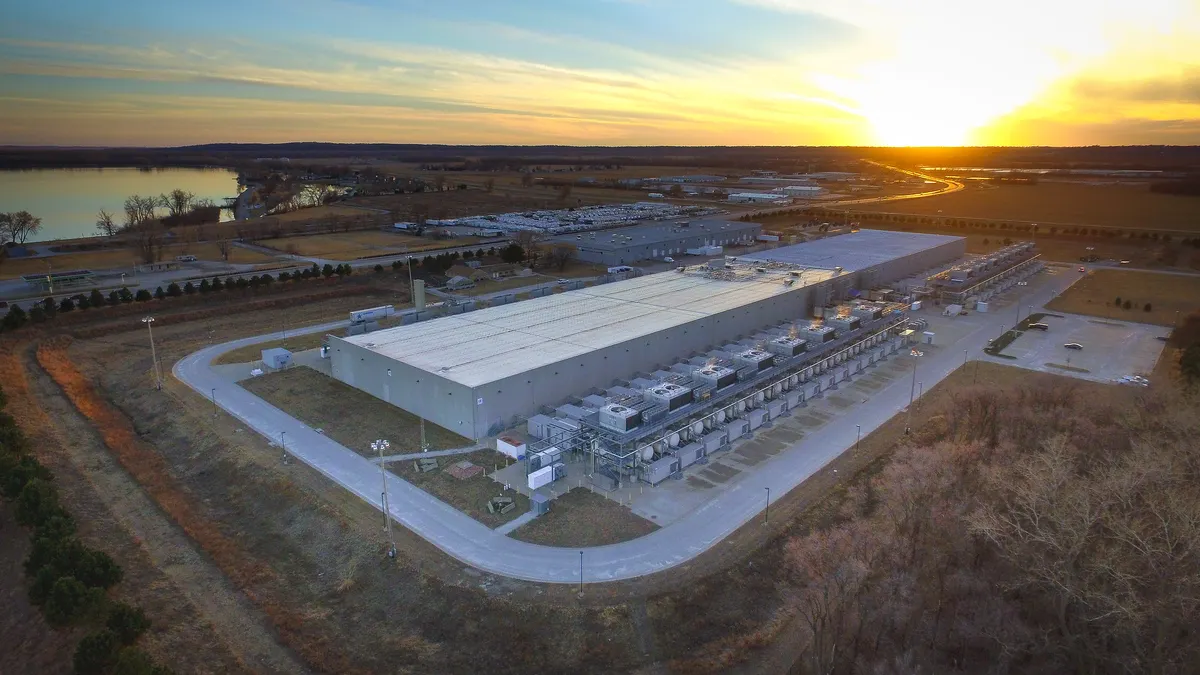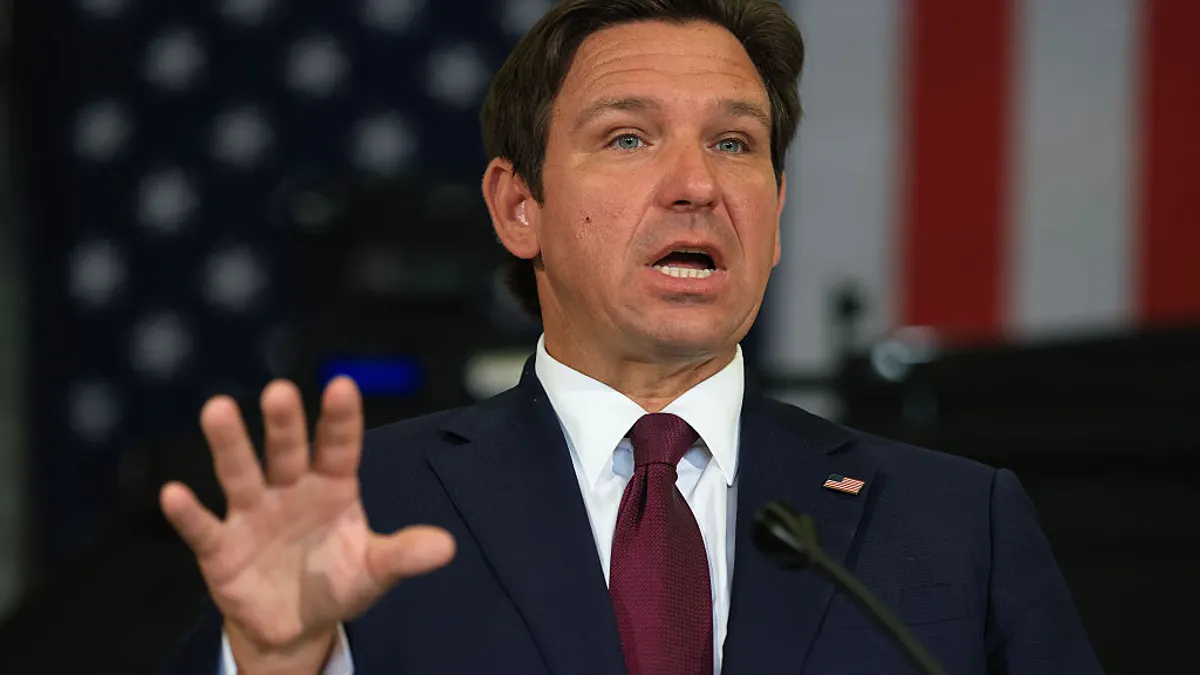Many states are working on regulatory reforms focused on utility performance, but some compromise approaches may be self-defeating, performance-based regulation, or PBR, consultants said.
“A future power system that is affordable and optimally integrates clean energy requires changing the current incentives that reward utilities for spending,” said Strategen Consulting Managing Director, U.S. Consulting, Matt McDonnell, who helped lead Hawaii to the U.S.’s only full PBR implementation to date. “Recognition is emerging even in the utility industry of PBR as a solution to that spending bias.”
New PBR incentives would align utility rewards with achieving public policy goals, advocates contend. But entrenched commitments by power system incumbents to traditional cost of service, or COS, regulation that rewards utilities with guaranteed profits for capital infrastructure investments is forcing compromised reforms in places like Illinois and North Carolina that worry regulatory analysts.
COS “thinking and mechanisms are deeply entrenched” because utility returns based on spending “was reasonable when basic infrastructure was needed,” PBR consultant and former Texas utility executive and regulator Karl R. Rábago told Utility Dive. “Well-designed PBR can allow utilities to earn by meeting new needs like equity, decarbonization, and modernization with innovation instead of spending.”
PBR can undo COS’s bias for capital expenditures and against new low-cost distributed technologies, but reforms must be carefully designed, regulatory analysts said. Limited PBR elements like performance incentives can align utility interests and societal goals, but without a full PBR process and framework, unintended consequences may drive regulators back to COS.
Both full and limited approaches to PBR are being explored in current efforts around the country.
PBR emerging
Hawaii’s 2018 Senate Bill 2939 led to today’s expanding PBR focus across the U.S., a March 30 Esource survey of state PBR work reported. Nevada’s limited SB 300 and Connecticut’s more specific House Bill 7006 followed in 2019. In 2021, North Carolina passed HB 951, which directed regulators to develop a PBR program, and Illinois passed SB 2408, beginning a comprehensive reform process.
Colorado, Michigan, Massachusetts, D.C., New Hampshire, Maine, Arizona, Washington, New York and Minnesota also have ongoing legislative and/or regulatory PBR initiatives, according to North Carolina Clean Energy Technology Center’s Q1 2022 Grid Modernization policy update.
State versions of PBR vary with how and when they apply core PBR components like performance incentive mechanisms, or PIMs, multiyear rate plans, or MYRPs, and revenue or profit adjustments, the Esource paper said.
PIMs set targets, metrics and financial incentives and precisely define goals ranging from reliability and safety to decarbonization, electrification and peak demand reductions, Esource said. PIMs must be specific to ensure utilities are rewarded for their achievements without over- or under-compensating them.
MYRPs extend time between rate cases, which gives utilities the opportunity to improve performance and the flexibility to test innovations, Esource said. MYRPs also provide time for the PIMs that drive new technologies to demonstrate their revenue impacts, PBR consultant Rabago recently testified in Illinois.
Long-used “decoupling” adjustments allow utilities to keep revenues stable while meeting energy efficiency goals that reduce kWh sales, Esource said. But newer PBR revenue and profit adjustments may provide “rate-of-return adders or shared-savings mechanisms” that return savings from utility innovations to customers, it added.
COS rewards utilities for capital investments and gives them no incentive to take advantage of other opportunities, said Advanced Energy Economy Managing Director Ryan Katofsky. But “Hawaii’s success shows PBR can recognize the value of new low-cost technologies to improve utility service or meet societal goals.”
Models of success
All U.S. PBR efforts remain nascent, but Hawaii’s December 2020 Hawaii Public Utilities Commission order makes it a pioneer, said Uplight Director, Market Development and Regulatory Innovation, Dan Cross-Call, a former principal at RMI who oversaw the stakeholder engagement process in Hawaii.
Three stakeholder workshops that started Hawaii’s process were “a huge endeavor, but built a foundation for common understanding,” Hawaii Commission Chair James Griffin told Utility Dive. “There can be trepidation and uncertainty in regulatory reform, but the workshops led to a solid start for Hawaiian Electric under the new framework.”
Hawaiian Electric’s PBR webpage, developed with the HPUC staff, displays utility performance in eight key areas ranging from reliability and renewables to rates and emerging technologies, Griffin said. Hawaiian Electric has earned performance incentives for interconnecting distributed generation and integrating renewables, he added.
The HPUC’s collaborative model has kept Hawaii stakeholders “aligned on direction, which is no small feat,” said Hawaiian Electric Senior Vice President, Customer, Legal and Regulatory Affairs, Joe Viola. But the process requires a consistent “balancing of interests,” he added.
One example of this need for balancing is that Hawaiian Electric’s January 2021 credit rating upgrades, based on the PBR framework’s potential upside, may be threatened, Viola said. The expectation was that PIMs would provide at least an estimated 2% or more of revenues as earnings but have provided only about 0.6%, and ratings agencies warned negative impacts could reverse the rating upgrades, he cautioned.
Another example is that PIM revisions may be needed but current metrics may be inadequate to verify they would deliver customer benefits, Hawaii Consumer Advocate Dean Nishina recently told the commission.
But the widely-praised accelerated Renewable Portfolio Standard, or RPS-A, PIM that rewards Hawaiian Electric for early renewables deployments is an example of something that has worked, said Murray Clay, president of the Ulupono Initiative, which developed the PIM.
Other states should recognize that Ulupono was able to bring the RPS-A and valuable independent modeling of utility finances to the docket because of HPUC’s commitment to diverse voices, Clay said. “It slowed the process, but it brought innovative thinking and balance to the debate and led to broadly supported outcomes.”
Among states following Hawaii’s lead on PBR, Connecticut stands out, analysts said.
In Connecticut, PBR will “reform legacy regulatory structures” for “a new era of disruptive technological advances that impact the way utilities earn revenues and what value customers expect,” according to a foundational March 17 commission staff-authored concept paper (Docket 21-05-15).
The proposed Connecticut full PBR framework’s “phased approach” would begin by identifying “priority goals and outcomes” and develop tools like PIMs to “drive utility performance,” the paper added. The overall objective is “an increasingly decarbonized, digitized, and distributed electricity system,” it said.
The commission’s full framework approach was tentatively endorsed by Eversource Energy subsidiary Connecticut Light & Power, the state’s dominant investor-owned utility.
PBR’s metrics, incentives and penalties can transparently show the utility is meeting high standards for safe, reliable and least-cost service and achieving its policy obligations, the utility’s filing acknowledged. But PBR can have only limited rate impacts because about 71% of a bill covers costs for generation, transmission and meeting policy goals that are beyond utility control, it cautioned.
The challenges to a utility transitioning to new regulation are significant, PBR consultant Rábago said. PBR “is expensive until the utility’s performance starts saving money and earning incentives, but if PBR is limited to what utilities control, the impacts will not lead communities to new opportunities that meet broader societal outcomes.”
Connecticut’s rigorous stakeholder process may answer two questions not yet addressed in Hawaii, Uplight’s Cross-Call noted.
Hawaii disproved the argument that PBR would not work for a vertically integrated utility, and now Connecticut can show it will work for utilities in a wholesale market, he said. “The reality is it will work well in any context where regulators design the right core elements.”
Connecticut can also show PBR can meet the emerging need to address energy equity and environmental justice by including diverse stakeholder voices in designing the core performance elements, he added.
Emerging threats?
North Carolina and Illinois are reexamining their states’ COS regulation. But some advocates are concerned that their limited PBR implementations could have serious unintended consequences.
“Targeted efforts don't prevent moving to comprehensive PBR, and even Hawaii started with limited incentives, but policymakers and regulators need to grapple with the choice” between extended and streamlined frameworks, Cross-Call said. “States narrowly constructing the scope of work or putting unrealistic timelines on deliverables could end up with something less than complete.”
PBR enabling legislation must provide flexibility and time for a stakeholder process, Strategen’s McDonnell said. The North Carolina bill’s “highly prescriptive use of core elements and limited implementation time” makes a framework designed from it likely to be “wasted time” due to compromises that will only “impede power system transformation,” he said.
Nevada and Illinois laws call for PIMs but also allow utilities to opt out of an MYRP and return to COS, McDonnell added. “It is problematic to describe that as PBR,” and it could “reproduce what happened in California,” he cautioned.
Between 2000 and 2010, California rejected PBR because utilities took advantage of the incentives to earn revenues without achieving policy goals, according to research by University of California, Berkeley, Goldman School of Public Policy Lecturer Steven Weissman.
“The real message of California’s PBR experience is that any regulation depends on effective oversight and monitoring outcomes,” Weissman cautioned. Regulators need to remember that “unintended consequences have the potential to cause problems, and adjust incentives to address them, and that is difficult.”
This does not mean Hawaii’s comprehensive framework is the only workable approach, McDonnell said. “If the first steps in North Carolina and Illinois provide PBR elements and flexibility to improve and refine them, it could lead to expanded PBR.”
Rabago endorses incremental PBR progress. “In 10 years, success will be not having had a California style rejection, and having, instead, small successes and multiple healthy, small mistakes that produced lessons learned and cooperation between utilities, regulators and customers.”
There is important potential in Illinois’s SB 2408, both Rabago and Doug Scott, a former Illinois Commerce Commission Chair who is now Great Plains Institute vice president for electricity and efficiency, said. Its MYRP allows opting out, but it directs the commission to initiate separate stakeholder processes that can lead to effective performance metrics and incentives, he said.
Ameren Illinois has not committed to the MYRP, but Commonwealth Edison “has said publicly it intends to opt in,” Citizens Utility Board of Illinois Executive Director Dave Kolata said. “If one opts in and one opts out, it could be a valuable laboratory experiment,” he speculated.
A full PBR framework would be better, but “all regulation is based on incentives, and this approach will begin to align Illinois utilities’ incentives with state policy goals,” he said. “PBR is not a magic bullet,” but if the commission designs incentives that rewards utilities “for meeting or bettering significant performance goals, it can move them away” from COS and the bias toward spending.
Maine is working toward “PBR-lite” with new performance standards, goals and metrics for grid modernization and decarbonization, said Kay Aikin, founder and chief product officer of microgrid developer Dynamic Grid, who helped write the proposed Maine law. The concern that an inadequate PBR design could lead back to COS is real, she agreed.
The regulatory process is critical, and “if regulators carefully oversee utility earnings, the choice does not have to be between a full PBR framework and not doing it at all,” Advanced Energy Economy’s Katofsky responded.
Other state approaches have led to atypical outcomes. Puget Sound Energy proposed an MYRP in its rate case (Dockets UE-220066 and UG-220067) while Washington state regulators were still developing a PBR proceeding, and the parallel debates “created confusion” that is being worked out, McDonnell said.
In Minnesota, a 2014 to 2018 initiative established a seven-step PBR framework with outcomes, metrics and goals, but Minnesota remains under COS regulation, Great Plains Institute’s Scott said. Using the MYRP option, Xcel Minnesota’s 2021 performance report showed it is “meeting the commission’s goals,” which does not prove COS is preferable but that “PBR can be used in different ways,” he said.
Changing the world
Both targeted regulatory reforms and sweeping changes have merits, and a narrow approach can be faster, “but the scale of today’s challenge requires fundamentally rethinking the utility business model,” Uplight’s Cross-Call said.
But “big successes in regulatory reforms can be built on small successes, especially when it comes to changing the world,” Rabago responded. “The message is that meaningful change is needed, even if it's small and even if it includes making and recognizing mistakes and learning how to improve on them.”























